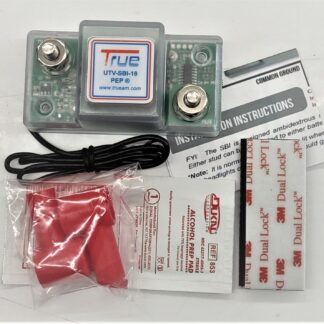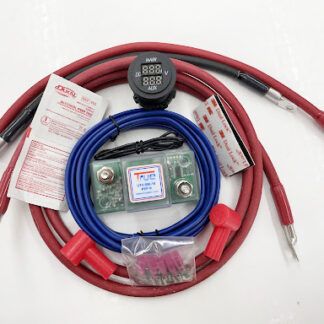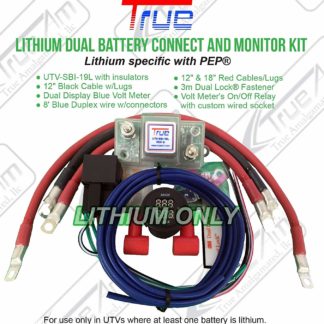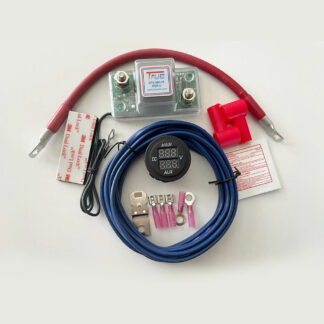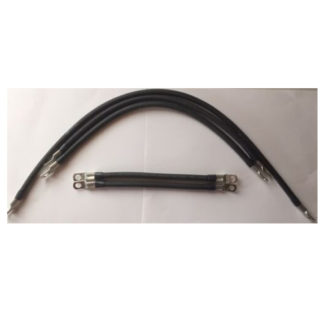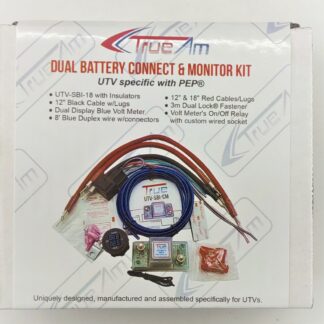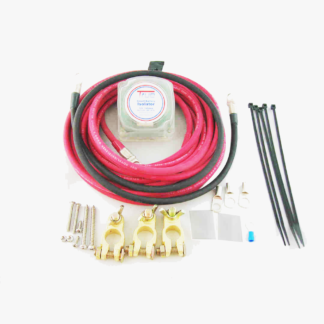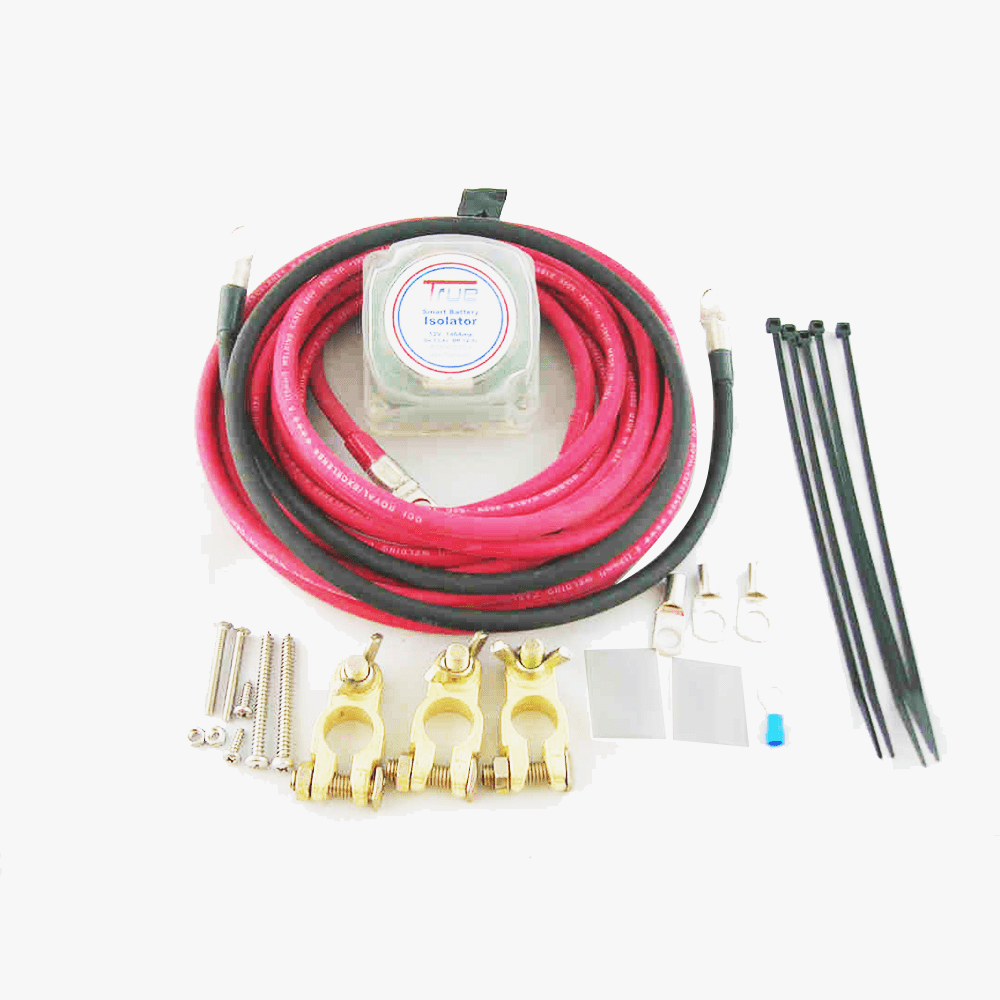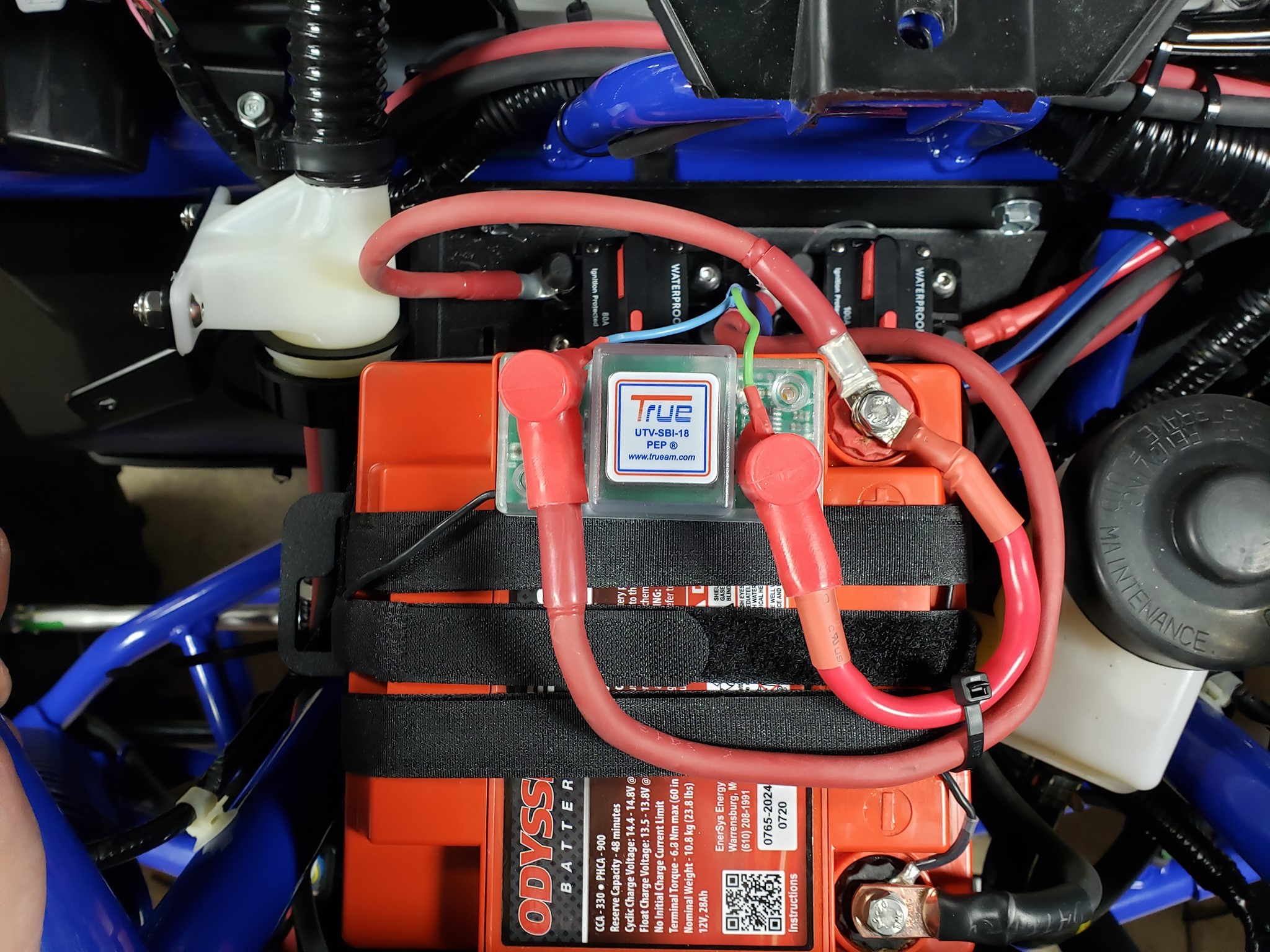
A commercial vehicle is typically powered by its batteries. Unfortunately, poorly maintained batteries can take them off the road when they are most needed. So, what can you do to extend battery life while maintaining the necessary battery management?
Study Your Electrical System
Knowing how your cars or equipment consume battery power is the first step in any well-managed battery system. Idling is one determinant in battery utilization, but there are many others. For example, even if your machine is parked, it may still be maintaining an electrical load for various reasons. Determine how and where each aspect of your unit uses battery power, so you know what battery management you’ll require.
Wires and Terminals
The wires and terminals that the battery utilizes to supply power to various components of your car are another consideration in battery management. If a wire becomes corroded or a terminal becomes loose, the battery must work significantly harder to deliver the required charge. Hence, keep up with electrical repairs, especially if you’re working with extreme weather like snow and heavy rains. It will make battery management a tad simpler.
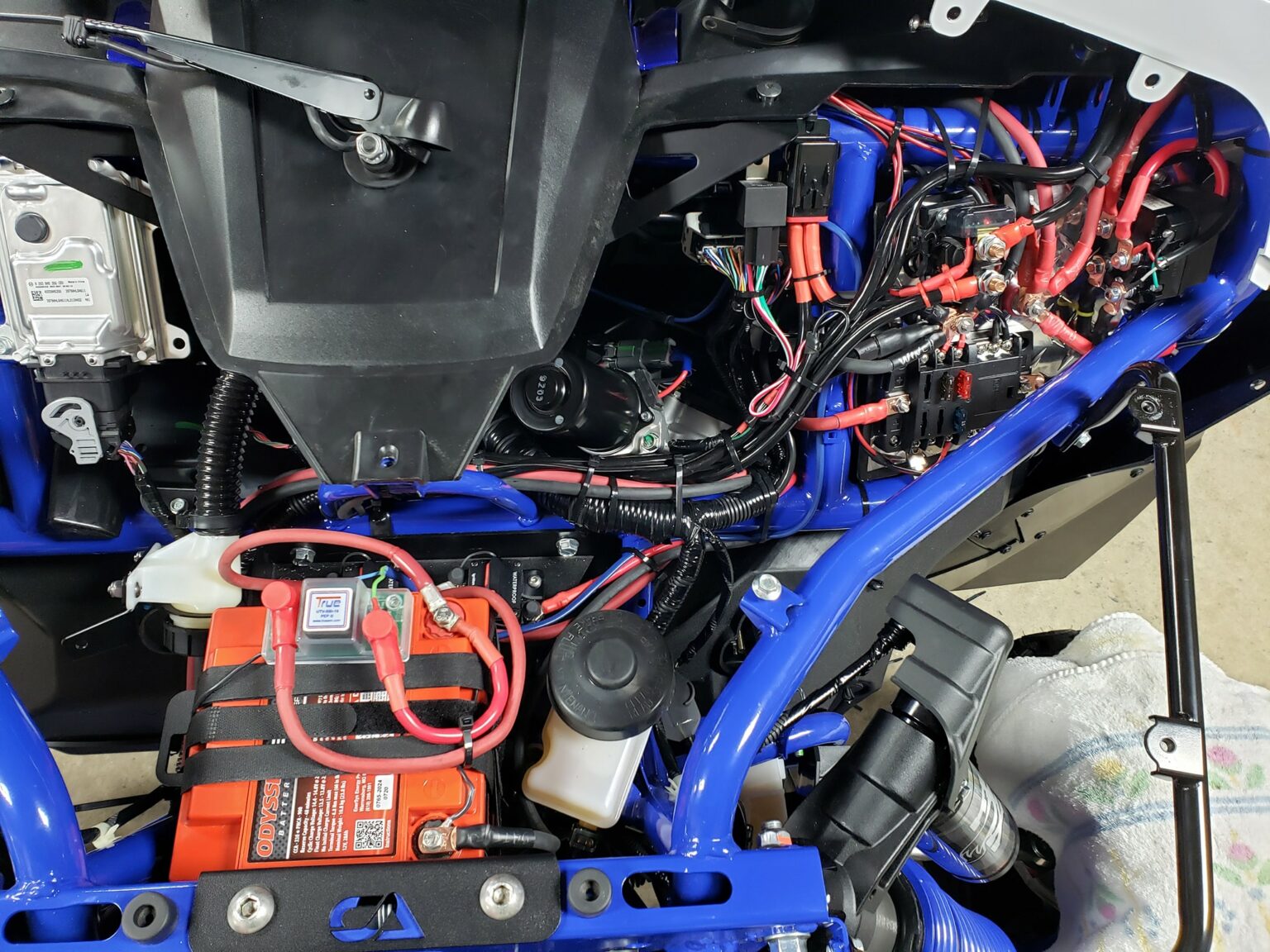
Use Battery Isolators
Despite using larger batteries, some people complain of insufficient power, particularly when winching. With a dual battery system, you need one battery to power all your auxiliary equipment while the other powers the system’s key features. You can utilize one battery while charging the other with a dual battery isolator. For instance, when the vehicle is turned off, your primary battery will not be depleted, even if the secondary battery runs out of energy.
Based on how your electrical system is set up, you can use the alternator to charge both your primary and extra batteries simultaneously. When the voltage of your secondary battery falls below the isolator’s cut-on voltage, the isolator stays open until the auxiliary battery is fully charged.
Acid to Concentration
Batteries that are not immediately and completely charged after usage can cause major issues for your vehicle later. If a battery is not properly charged before storage, it could lead to a mountain of problems. For example, an inadequately charged battery will cause acid to concentrate on the bottom of the battery, a process known as acid stratification. This reduces battery life and makes the car difficult to start, reduces the total charge produced from a cold start, and damages other sections of the battery. In other words, keep them charged: your batteries will appreciate it.

No Data Loggers
One helpful tool many car owners don’t use is data loggers, which can be set up in cars to track electrical system activity. It allows you to establish a battery usage profile and monitor fluctuations in battery usage over time. This helps you detect electrical issues before they become serious and offers you a better understanding of how your vehicle uses its batteries.
Cold-Cranking Amp (CCA)
One of the most prevalent problems with batteries is that we only pay attention to one number: the cold-cranking amps (CCA). It is the amount of power a battery can deliver at zero degrees Fahrenheit, and it’s a crucial number to understand. Nevertheless, a battery is much more than just the amount of power it can produce. What is the battery’s cycle per second? How much reserve capacity do the batteries you’re utilizing have? A CCA may be less significant than other variables depending on what your battery has to power.
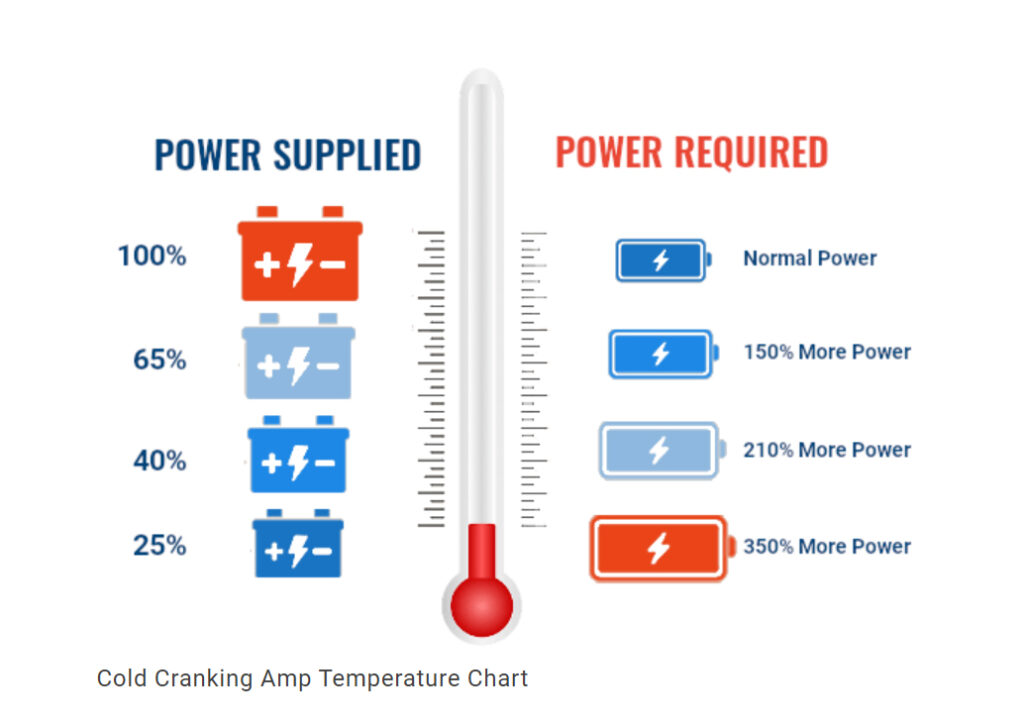
As you’ve seen, the best method to take care of your batteries is to educate yourself and manage them properly. Make sure they’re charged, that you understand how they function, and that you provide them with the best electrical system possible.


